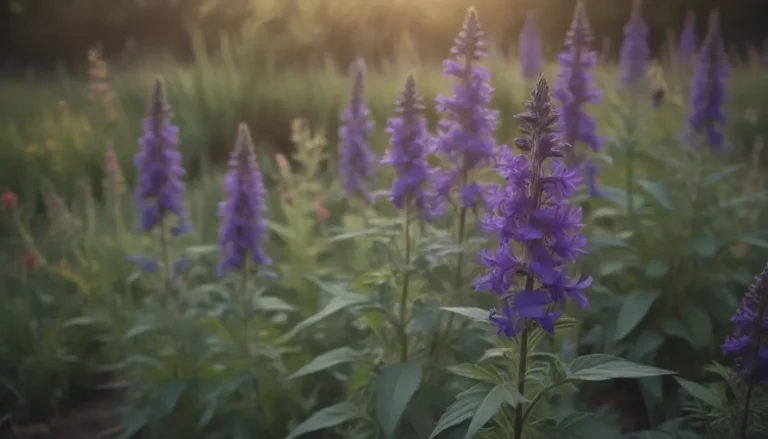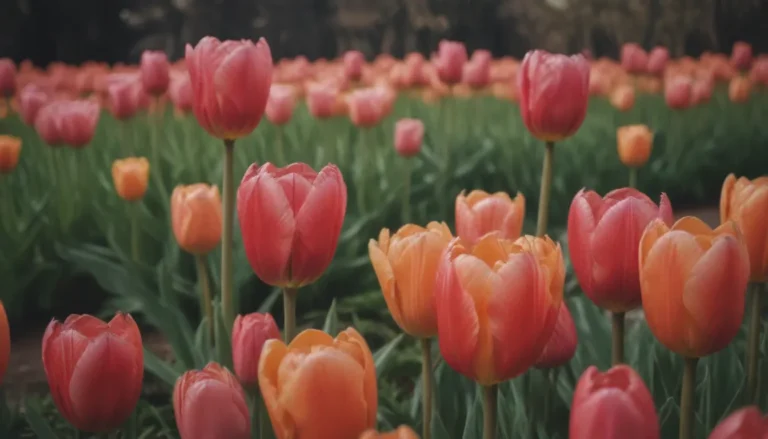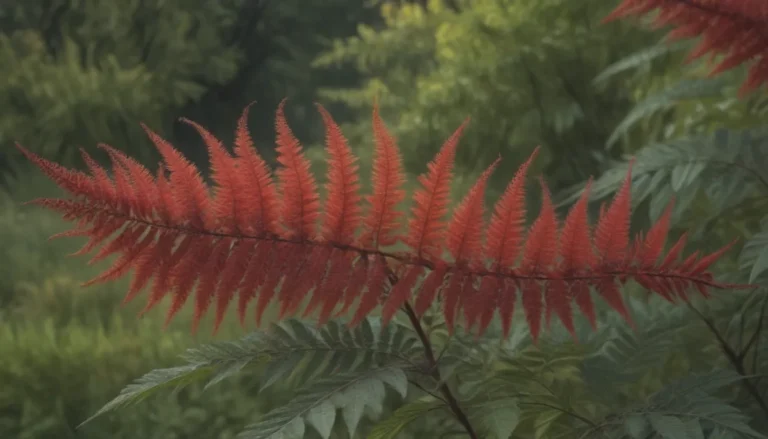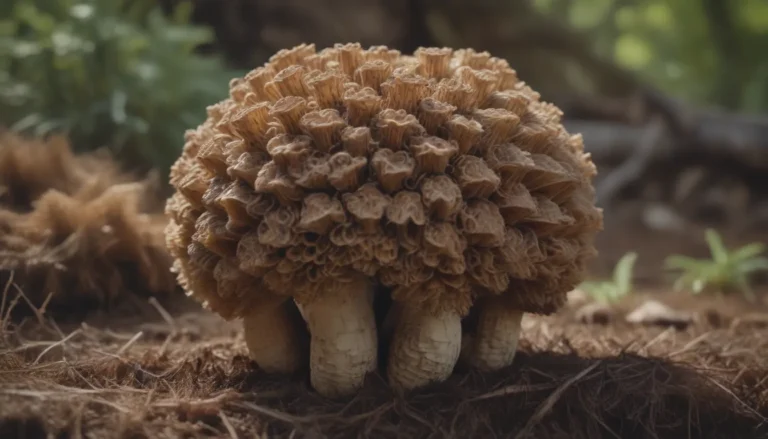The Ultimate Guide to Growing and Caring for Allamanda Indoors
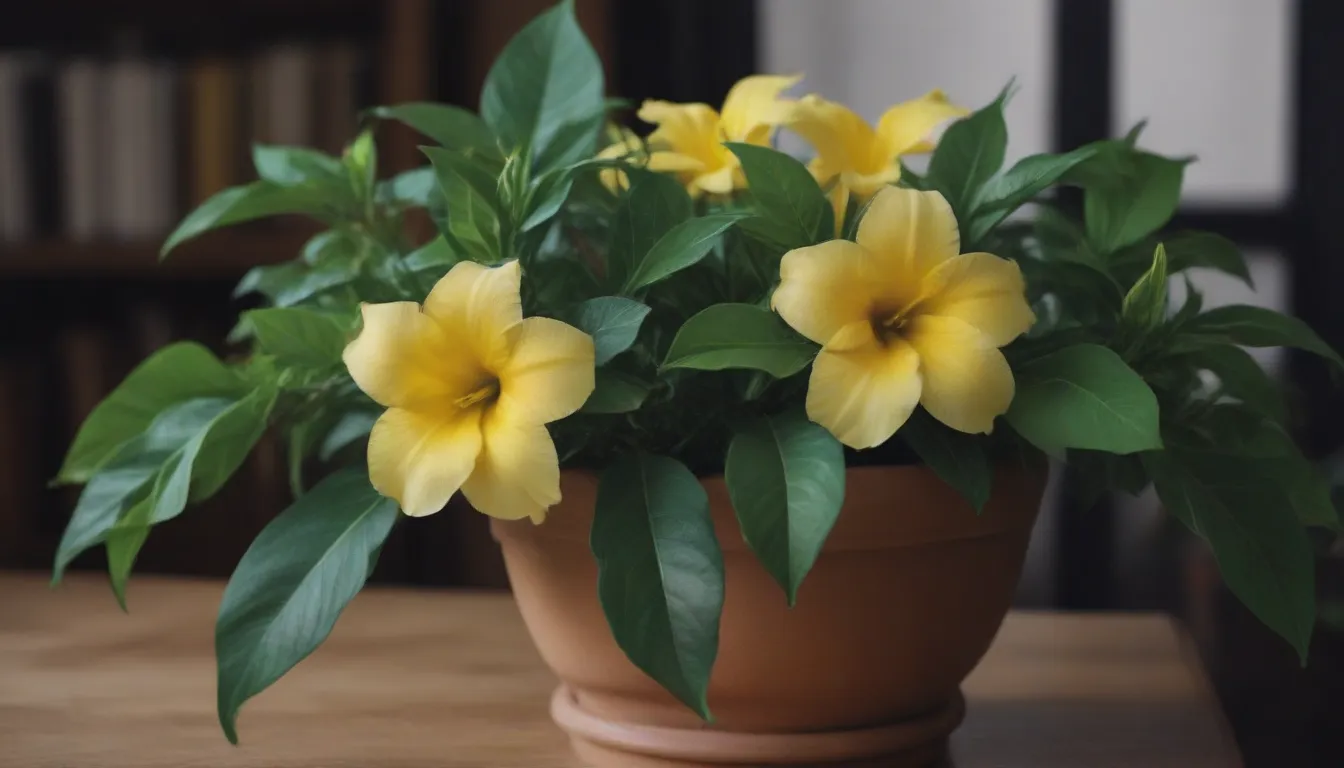
If you’re a plant lover looking to add a touch of tropical beauty to your indoor space, then the Allamanda, also known as the golden trumpet plant, might be the perfect choice for you. While Allamanda is typically grown outdoors in warm, moist climates, it can also thrive as a stunning houseplant with proper care and attention.
What is Allamanda?
Allamanda is a tropical plant that requires significant warmth and moisture to flourish indoors. There are various varieties of Allamanda, but the Allamanda cathartica stands out with its large buttery yellow flowers adorned with a brown throat and a delightful fragrance. This rapidly-growing plant can produce 4-inch flowers that cover the plant in full bloom, making it a stunning addition to any houseplant collection.
However, it’s essential to note that Allamanda is toxic to humans and animals, so it’s crucial to handle it with care and keep it out of reach of children and pets.
Can You Grow Allamanda Inside?
Growing Allamanda indoors comes with its challenges, as this plant is not very forgiving in a home environment. It requires specific conditions to thrive, including adequate warmth and moisture. Here are some key factors to consider when growing Allamanda indoors:
-
Sunlight: Allamanda thrives in strong light, including some direct sunlight. You can place it in an east-facing window with a few hours of morning sun or adapt it to full sun.
-
Temperature and Humidity: Allamanda loves warm, tropical temperatures, making the winter months a critical period for the plant. Ensure to maintain humidity by misting the plant frequently and avoid letting it dry out.
-
Watering: Water your Allamanda liberally during the summer months, ensuring proper drainage. Reduce watering in winter but don’t let the plant dry out completely.
-
Fertilizer: Feed your Allamanda with a weak liquid fertilizer throughout the growing season, reducing frequency in winter.
-
Pruning and Maintenance: Prune your Allamanda in midspring before flowering to encourage new growth. Regular pruning keeps the plant healthy and bushy.
Growing Allamanda Indoors
Container and Size
When planting Allamanda indoors, choose a large container with adequate drainage to prevent waterlogging. A pot that is at least 4 gallons in size is recommended to accommodate the plant’s growth. Use an unglazed clay or terra-cotta pot to prevent excess moisture retention and increase humidity around the plant.
Potting Soil and Drainage
Opt for a rich, peat-based potting soil with excellent drainage to provide the necessary nutrients for your Allamanda to thrive indoors.
Potting and Replanting
Repot your Allamanda in the spring when new growth emerges, and consider taking cuttings at this time. Provide support for the plant to grow upwards, showcasing its blooms to maximum effect.
Moving Allamanda Outside for the Summer
During the warm summer months, consider moving your potted Allamanda plant outdoors to benefit from increased sunlight and fresh air. Ensure to acclimate the plant gradually to the outdoor environment to prevent shock.
Pests and Diseases
Keep an eye out for common pests like aphids and mealybugs, which can affect Allamanda. Treat any infestations promptly with insecticidal soap to protect your plant from damage.
In conclusion, growing and caring for Allamanda indoors requires attention to detail and a commitment to providing the plant with the right conditions to thrive. With proper sunlight, watering, and maintenance, you can enjoy the beauty of Allamanda’s vibrant blooms in your home. Remember to handle this plant with care due to its toxic nature and enjoy the tropical allure it brings to your indoor space.
